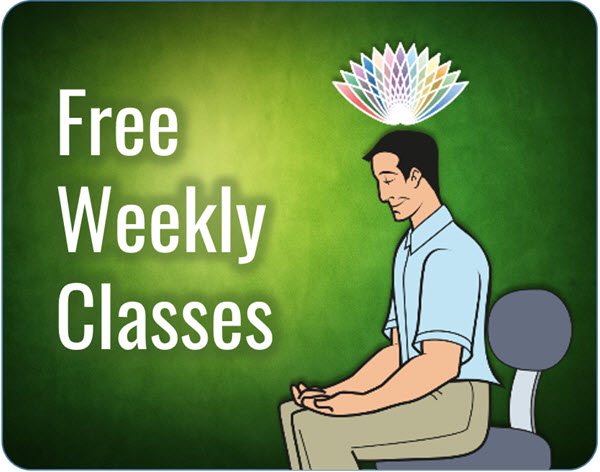Welcome!
Here you’ll learn how to experience the peace of true meditation. Free classes and workshops are available throughout Australia to help you discover the unique technique of Sahaja Yoga Meditation.
“We have reached a stage of understanding the beauty of balance in life.” Shri Mataji – founder
Quick start to your meditation
Step 1. Guided meditation to activate your inner being.
Follow the steps in this video by the founder of Sahaja Yoga meditation, Shri Mataji Nirmala Devi. You will directed to place your right hand on various energy centres on the left side and take silent affirmations to activate your inner being, This process is called Self-Realisation.
Step 2. How to meditate
Once your inner being has been activated, follow these steps for your daily 10 minute meditation. There’s no need to repeat Step 1 above each time.
- Sit comfortably with both hands open, palms up on your lap. Sit on a chair or on the floor, as you wish. If you can, remove your shoes, to give you a connection with Mother Earth.
- Take a few deep breaths, then breathe in a quiet, relaxed way.

- Keep your attention above your head. Let thoughts go without following them.
- If thoughts continue, say gently within yourself, “Not this thought” or “I forgive myself, I forgive everyone”.
- When you are peaceful, see if you can feel a gentle cool breeze on your hands, or gently blowing upwards above your head.

- When you feel the cool above your head, gently keep your attention there. Rest both hands on your lap, palms up.

- Relax and enjoy the peace and silence within.
Santoor music for meditation. (Duration: 10:11 mins)
Meditating daily for 10 minutes will help to strengthen your experience.
Live meditations
Live meditation 24/7
All day and every day – Guided meditations, talks, music and more!

2 minute by Shri Mataji
Shri Mataji will awaken your inner being so you start doing Sahaja Yoga meditation.
Online & In-person Classes and Courses • Subscribe to our YouTube Channel • Register for a Course
Register
Register your details so we can include you in all of our online meditation events. We’ll keep in touch with emails and WhatsApp (optional).
All classes and online events are always free of charge!
Daily live meditations on YouTube, Facebook & Zoom
 Collective meditation sessions with clearing, balancing, talks and discussions on a topic of the day. Suitable for complete beginners and regular mediators. Zoom sessions are interactive so you’ll be able to chat privately with our presenters if you have any questions.
Collective meditation sessions with clearing, balancing, talks and discussions on a topic of the day. Suitable for complete beginners and regular mediators. Zoom sessions are interactive so you’ll be able to chat privately with our presenters if you have any questions.
Visit our Webcast calendar page for list of daily events.
Podcasts
Audio and video podcasts you can stream to your desktop, tablet or phone. Includes guided meditations, guest speakers, music and talks by Shri Mataji (founder).
- Audio podcast website – On Apple podcast – On Google podcast
- Video podcast website – On Apple podcast
Learn more
- Download a meditation & balancing guide (pdf format)
- Visit a local meditation class
- Attend a meditation workshop
- Learn more about meditation
- How Sahaja Yoga meditation was started and its founder, Shri Mataji
- Subscribe to our mailing list to be notified of workshops and other events




